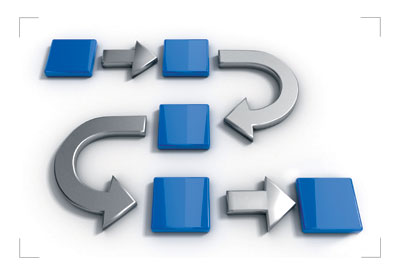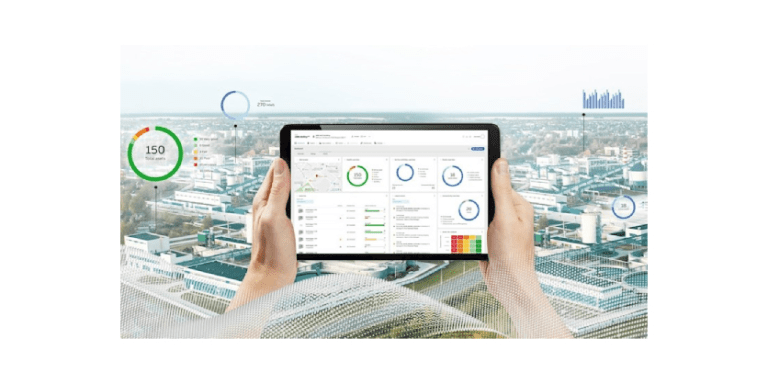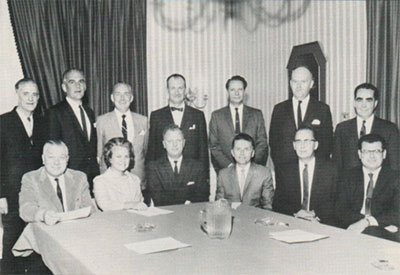How the Digital Twin Market Is Set to Grow to US$35.8b Annually Over the Next Few Years

June 25, 2020
A recent Markets & Markets report estimates the Digital Twin market will grow from US$3.8 billion in 2019, to US$35.8 billion per year by 2025, at a CAGR of 45.4%. Digital Twin software is already revolutionizing industries such as healthcare, architecture, aerospace, defence, and automotive and transportation.
Furthermore, the global smart infrastructure market, which includes the Digital Twin sector, is expected to thrive at a considerable CAGR between 2020 and 2025 as demand for the smart infrastructure has been a booming year on year, reports Market Research Explore – details. The report for the global smart infrastructure market, named Siemens, Cityzenith, and Black & Veatch, as the leading companies in the sector.
What is a Digital Twin?
Digital Twins bridge the digital and physical worlds. Digital Twins are virtual replicas of buildings, infrastructure and physical assets, fully interconnected with the data in and around them that optimize project performance and help predict and visualize future outcomes.
The world is building larger projects in larger numbers than at any time in history. Our planet must accommodate the equivalent of 10,000 new cities by 2050 just to keep pace with the projected population explosion.
That’s the challenge confronting architects, engineers, and construction professionals today. Yet many are forced to work with 20, 30, 50, and sometimes hundreds of different systems that don’t speak to each other, resulting in multiple disconnected data siloes. The result? Productivity declines, decisions are poorly informed, and projects get delayed or yield sub-optimal outcomes.
That’s where Digital Twin technology takes centre stage.
How is the Digital Twin field evolving?
The global Digital Twin industry, now in the early adopter upswing phase post-hype cycle (ref. Crossing the Chasm), moving from concept to reality, from high-level discussions that ambitiously prophesy a Minority Report-style future, filled with connected, interactive buildings and cyborgs, to ground floor, grassroots, granular implementations of specific ROI-driven use cases.
One of the companies featured in the report, Cityzenith, has been observing a shift in activity away from proof of concept-oriented projects full, enterprise-wide deployments. They are also seeing the expansion of the use of Digital Twin solutions in new sectors that weren’t using them before.
The earliest Digital Twin projects focused primarily on the manufacturing sector, assisting plant operators to better coordinate, manage, and optimize production activity. Their project list today spans multiple sectors, including but not limited to commercial real estate, retail, infrastructure, smart cities, smart campuses, smart districts, energy, and many others.
Interest in all things Digital Twin is growing virally, even as the definition of what a Digital Twin actually is, continues to take shape. Six countries around the world now have a national Digital Twin program, most notably the United Kingdom; in the United States, the AIA is currently considering Digital Twin practice guidelines.
What’s more, both private sector and public sector tenders the world over now routinely call for Digital Twin solutions, including the new mega smart city in Saudi Arabia, which plans to test 19 different Digital Twin use cases over the next two years, and the new capital city of Amaravati in Andhra Pradesh, India, which claimed to be the first ever greenfield city born with a Digital Twin.
The world’s most advanced Digital Twin software, SmartWorldPro, is delivering value across multiple functional areas, such as maintenance, energy consumption, space utilization and traffic management. Cityzenith’s Digital Twin platform, SmartWorldPro, aggregates and analyzes information needed to design, build, and run projects at any scale.
Here are useful links to the 3 companies features in the report:
• Siemens Digital Twin
• Cityzenith Digital Twin
• Black & Veatch Digital Twin
Image source: Siemens video appearing on Digitalization in industry: Twins with potential











